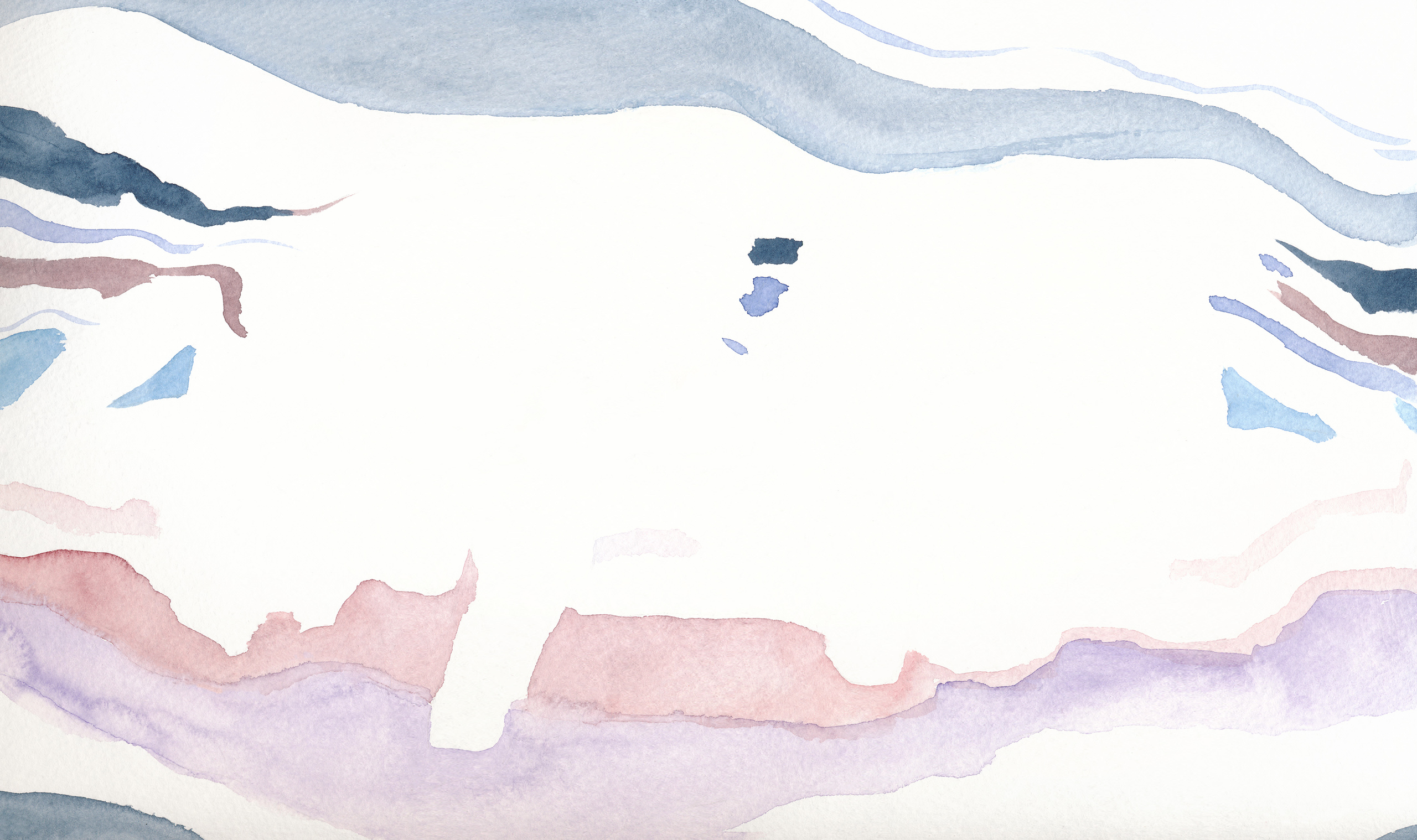Obstructive sleep apnea syndrome (OSAS) is caused by a disruption to the breathing cycle, often for 10 seconds or more at a time, when you are sleeping. Contributing factors vary — from narrow or clogged airways to the tongue falling back in the throat cutting off the air supply. If you snore, keep your partner awake at night and wake up tired every morning, you might have sleep apnea.*
Since sleep apnea is a common breathing disorder, and since your breathing is controlled by your brain and breathing muscles, wouldn’t it make sense to use breathing exercises as a front-line treatment? After all, Physical Therapists and Yoga Therapists use exercises all the time to restore balance to the body’s neuromuscular systems. And, Yoga provides the best system I know of, hands down, for exercising the breathing apparatus — muscles, lungs and brain.
Can we then apply this same treatment logic — of restoring balance to the body with exercise — with years of documented success, to sleep apnea? It seems we can. Two randomized studies have recently been published in support of using different forms of breathing exercises to successfully treat obstructive sleep apnea.
The first, published in the British Medical Journal February 4, 2006, showed that didgeridoo playing is an effective treatment alternative for moderate sleep apnea. Here 25 patients were randomized between a control group of 11 people and a treatment group consisting of 14 participants. The treatment group practiced didgeridoo playing for 25.3 minutes for 5.9 days per week for four months.
The didgeridoo players showed significant improvements in terms of daytime sleepiness and snoring. The sleep apnoea-hypopnoea index (a measure indicating the severity of the disease in terms of sleep disruption and decreased oxygen saturation in the blood) significantly decreased. Happily, their partners also reported less sleep disturbances.
The second study was published February 20, 2009 in the American Journal of Respiratory and Critical Care Medicine. It was a randomized trial of 31 patients with moderate OSAS. For a period of three months, 15 patients received sham therapy and 16 patients received a set of exercises for the mouth, soft palate, face, tongue and throat.
Not surprisingly, the exercise group showed significant decreases in snoring frequency and intensity, a decrease in daytime sleepiness, improvements in sleep quality and a significant decrease in the severity of the measure of OSAS.
Doesn’t it make sense that yogic breathing exercises might have the same desired effects?
________________
* To get a good diagnosis, please consult with your primary care doctor, who can refer you to a sleep clinic for evaluation.
References and Resources
Guimarães K, et al, 2009. Effects of Oropharyngeal Exercises on Patients with Moderate Obstructive Sleep Apnea Syndrome. American Journal of Respiratory and Critical Care Medicine Vol. 179: 962-966.
Puhan M, et al, 2005. Didgeridoo playing as alternative treatment for obstructive sleep apnoea syndrome: randomised controlled trial. British Medical Journal, 332(7536): 266–270.
http://www.mayoclinic.com/health/obstructive-sleep-apnea/DS00968
http://www.webmd.com/sleep-disorders/sleep-apnea/sleep-apnea
http://www.nlm.nih.gov/medlineplus/sleepapnea.html

